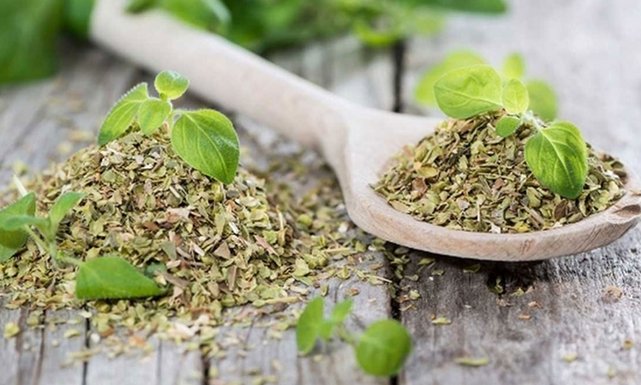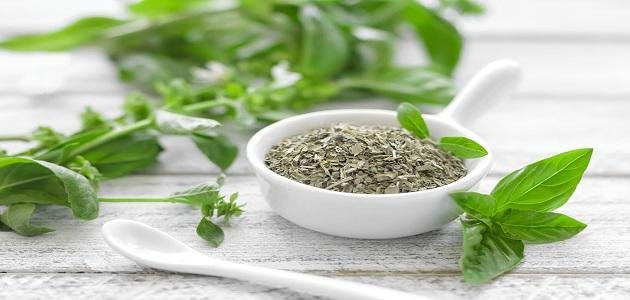Basil
Basil, scientifically known as Ocimum basilicum, is a herbaceous plant belonging to the Lamiaceae family. It is one of the most popular aromatic plants used in both cooking and medicine. Basil is renowned for its distinctive fragrance and fresh flavor, which adds a unique touch to various dishes worldwide, especially in Italian and Indian cuisines. However, basil is not only a delicious addition to food; it is also a plant that offers numerous health benefits, making it a key component in traditional medicine across many cultures.
Nutritional Components of Basil
Basil is rich in several beneficial compounds, including vitamins (especially Vitamin A, Vitamin K, and Vitamin C), minerals (such as calcium, magnesium, and iron), and essential oils that give it its distinct aroma. Additionally, basil contains active plant compounds like flavonoids, terpenoids, and organic acids that provide a wide range of medicinal benefits.
Types and Varieties
Sweet Basil (Ocimum basilicum): The most common variety used in cooking, known for its sweet flavor.
Thai Basil (Ocimum basilicum var. thyrsiflora): Has a spicy flavor, commonly used in Asian dishes, and is recognized by its purple-veined leaves.
Purple Basil (Ocimum basilicum ‘Purpurascens’): Features attractive purple leaves, used for both decoration and culinary purposes.
Lemon Basil (Ocimum basilicum var. citriodorum): Characterized by a refreshing lemon scent, often used in salads and beverages.
Holy Basil (Ocimum tenuiflorum): Used in traditional medicine to boost immunity and treat inflammations.
Benefits
Antibacterial and Antifungal Properties
Anti-inflammatory
Improves Digestion
Boosts Immunity
Reduces Stress and Anxiety
How to Use Basil
In Cooking: Basil is widely used in many dishes such as salads, soups, appetizers, and Italian food (like pizza and pasta). It is also added to fruit juices and beverages for a unique flavor.
Basil Tea: Basil tea can be made by boiling its leaves in water. This tea helps improve digestion and reduce stress.
Essential Oils: Basil essential oil is extracted from its leaves and is used in aromatherapy to reduce stress and improve mental clarity.
Topical Use: Fresh basil leaves or basil paste can be applied to the skin to treat inflammation or alleviate skin issues such as acne.
Medicinally Used Part
The leaves are primarily used for medicinal and aromatic purposes, as they contain essential oils in concentrations ranging from 0.25% to 0.4%, while the seeds contain 2% to 3%. The essential oil extracted from the leaves is used in medicine, perfumery, and cosmetics. Additionally, leaf powder is commonly used in traditional medicine to treat digestive disorders.
Cultivation Methods
Basil can be cultivated using two main methods:
Seed Cultivation
Seeds are sown in nurseries during October and November.
When seedlings reach a height of 8-10 cm, they are transplanted to the permanent field in February and March.
Vegetative Propagation
This method involves dividing mature plants (splitting) and planting them directly in the permanent field from mid-February to early April.
Planting Season
The planting time depends on the propagation method:
By seeds: Sown in nurseries during October and November, then transplanted to the field in February and March.
By vegetative propagation: Root divisions are planted directly in the field from mid-February to early April.
Export details worldwide
Types: Crushed and Powder.
Drying: Natural.
Packaging: Sacks.
Package weight: 20 kg.
Sorting and packing: Automated






